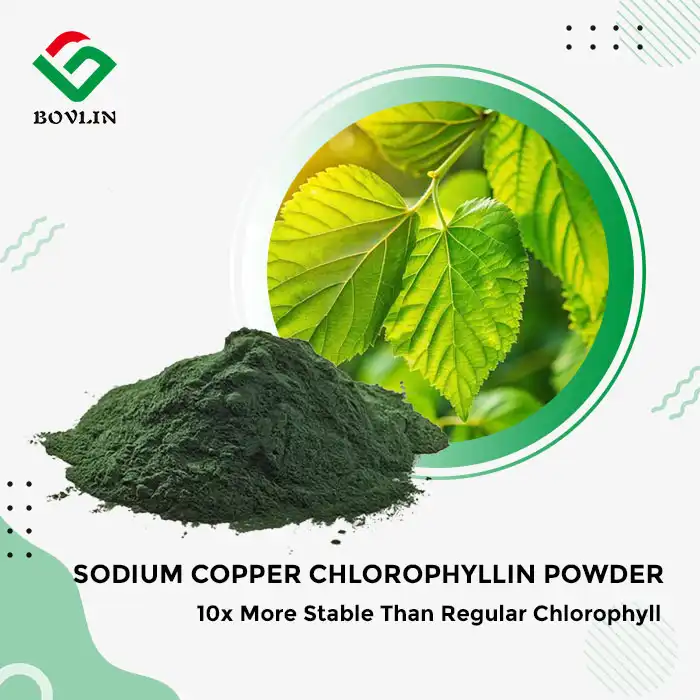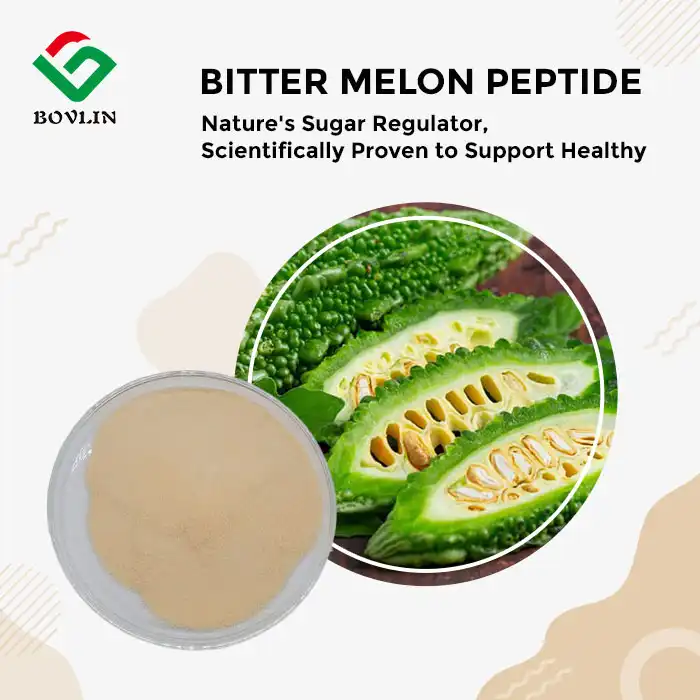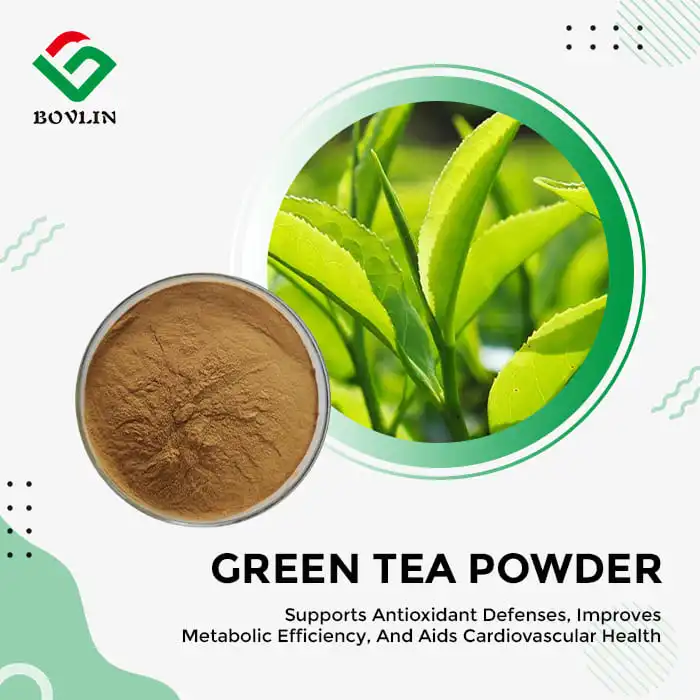What Purity and Sources Define High-Quality Resveratrol Powder?
Optimal Purity Levels for Resveratrol Powder
When evaluating resveratrol powder specifically for anti-aging applications, purity stands as the most critical factor. High-quality resveratrol powder generally features purity levels of 98% or above, which signifies a highly concentrated form of the bioactive compound. Such purity ensures that manufacturers incorporate a potent ingredient into their formulations, thereby maximizing its antioxidant and anti-aging benefits. In contrast, lower purity levels often suggest the presence of impurities, fillers, or inconsistent active ingredients, which may not only reduce effectiveness but also introduce stability issues or potential contaminants. Therefore, opting for high-purity resveratrol is essential for producing reliable and efficacious end products that meet consumer expectations and regulatory standards.
Natural Sources of Premium Resveratrol
The quality and efficacy of resveratrol are greatly influenced by its natural source. The two most prominent and respected sources are Japanese knotweed (Polygonum cuspidatum) and grape skins. Japanese knotweed is especially valued for its high concentration of trans-resveratrol, the form with the greatest biological activity and bioavailability. Similarly, grape skins—particularly those from darker, red grape varieties—contain significant amounts of resveratrol, often derived from winemaking byproducts. Natural sourcing not only enhances sustainability but also improves the physiological compatibility and absorption of the best resveratrol powder compared to synthetic versions, making it preferable for high-end health and cosmetic formulations.
Extraction Methods and Their Impact on Quality
The method used to extract resveratrol profoundly affects its overall quality, purity, and functional integrity. Modern techniques such as supercritical CO₂ extraction are considered industry gold standards, as they operate at low temperatures and avoid aggressive chemical solvents. This preserves the delicate molecular structure of resveratrol and minimizes degradation, resulting in a cleaner, safer, and more potent powder. Manufacturers are advised to select resveratrol produced through these advanced methods to guarantee a superior raw material. This due diligence in extraction technology ensures final products deliver consistent anti-aging performance and align with quality-focused branding.
Key Standards in Resveratrol Powder for Anti-Aging Applications
Third-Party Testing and Certification
Reputable resveratrol powder suppliers subject their products to rigorous third-party testing. This independent verification process ensures that the powder meets specified quality standards and is free from contaminants. Look for certifications from recognized testing bodies, which provide an additional layer of assurance regarding the powder's purity, potency, and safety. These certifications are invaluable for manufacturers seeking to incorporate high-quality resveratrol into their anti-aging products.
Standardized Trans-Resveratrol Content
The trans-resveratrol content is a critical factor in determining the effectiveness of bulk resveratrol powder for anti-aging applications. High-quality powders should have a standardized trans-resveratrol content, typically above 98%. This standardization ensures consistency in potency across batches, allowing manufacturers to maintain precise formulations in their anti-aging products. The trans-isomer of resveratrol is particularly important as it demonstrates superior bioavailability and biological activity compared to its cis-counterpart.
Stability and Shelf Life Considerations
The stability of resveratrol powder is crucial for maintaining its anti-aging properties over time. Premium resveratrol powders exhibit excellent stability under proper storage conditions, resisting degradation from light, heat, and oxidation. Manufacturers should inquire about stability studies and shelf-life data when selecting a resveratrol powder supplier. Longer shelf life and proven stability ensure that the anti-aging benefits of resveratrol remain potent throughout the product's lifecycle, from manufacturing to consumer use.
Comparing Resveratrol Powder with Other Anti-Aging Compounds
Bioavailability and Absorption Rates
When assessing resveratrol powder against other anti-aging compounds, bioavailability emerges as a crucial factor. Resveratrol, particularly in its trans-form, demonstrates notable absorption rates when compared to some other polyphenols. However, its bioavailability can be enhanced through innovative formulation techniques, such as lipid-based delivery systems or nanoencapsulation. Manufacturers should consider these factors when choosing between resveratrol and alternative anti-aging ingredients, aiming to maximize the compound's potential benefits in their products.
Synergistic Effects with Other Anti-Aging Ingredients
Resveratrol powder exhibits promising synergistic effects when combined with other anti-aging compounds. For instance, pairing pure resveratrol powder with quercetin or other flavonoids can enhance its antioxidant capacity and overall efficacy. Similarly, combining resveratrol with vitamin C or hyaluronic acid may amplify its skin-rejuvenating properties. Manufacturers should explore these synergistic combinations to create more potent and comprehensive anti-aging formulations, leveraging the unique properties of resveratrol alongside complementary ingredients.
Cost-Effectiveness and Dosage Considerations
When comparing resveratrol powder to other anti-aging compounds, manufacturers must consider cost-effectiveness and optimal dosage. While high-purity resveratrol powder may have a higher initial cost, its potency often allows for lower effective doses compared to some alternatives. This can result in more economical formulations without compromising on anti-aging benefits. Additionally, the multifaceted nature of resveratrol's anti-aging properties – including antioxidant, anti-inflammatory, and sirtuin-activating effects – may provide broader spectrum benefits compared to more narrowly focused anti-aging ingredients, potentially offering greater value in comprehensive anti-aging products.
Conclusion
Selecting the best resveratrol powder for anti-aging applications is a multifaceted process that requires careful consideration of purity, source, quality standards, and comparative efficacy. By prioritizing high-purity, naturally sourced resveratrol powder that meets rigorous quality benchmarks, manufacturers can ensure they are incorporating a premium anti-aging ingredient into their formulations. The unique properties of resveratrol, including its potential synergistic effects and broad spectrum of anti-aging benefits, make it a valuable component in cutting-edge anti-aging products. As research continues to unveil the full potential of resveratrol, its role in anti-aging formulations is likely to grow even more significant.
Contact Us
Are you looking for premium resveratrol powder for your anti-aging formulations? Contact Shaanxi Bolin Biotechnology Co., Ltd. at sales1@bovlin.com for high-quality, bulk resveratrol powder. As a leading resveratrol powder manufacturer and supplier, we offer pure, standardized resveratrol extract to meet your product development needs. Reach out today to discuss how our resveratrol powder can enhance your anti-aging product line.
References
Baur, J. A., & Sinclair, D. A. (2006). Therapeutic potential of resveratrol: The in vivo evidence. Nature Reviews Drug Discovery, 5(6), 493-506.
Catalgol, B., Batirel, S., Taga, Y., & Ozer, N. K. (2012). Resveratrol: French paradox revisited. Frontiers in Pharmacology, 3, 141.
Fremont, L. (2000). Biological effects of resveratrol. Life Sciences, 66(8), 663-673.
Pangeni, R., Sahni, J. K., Ali, J., Sharma, S., & Baboota, S. (2014). Resveratrol: Review on therapeutic potential and recent advances in drug delivery. Expert Opinion on Drug Delivery, 11(8), 1285-1298.
Walle, T. (2011). Bioavailability of resveratrol. Annals of the New York Academy of Sciences, 1215(1), 9-15.
Zhang, H., & Tsao, R. (2016). Dietary polyphenols, oxidative stress and antioxidant and anti-inflammatory effects. Current Opinion in Food Science, 8, 33-42.














